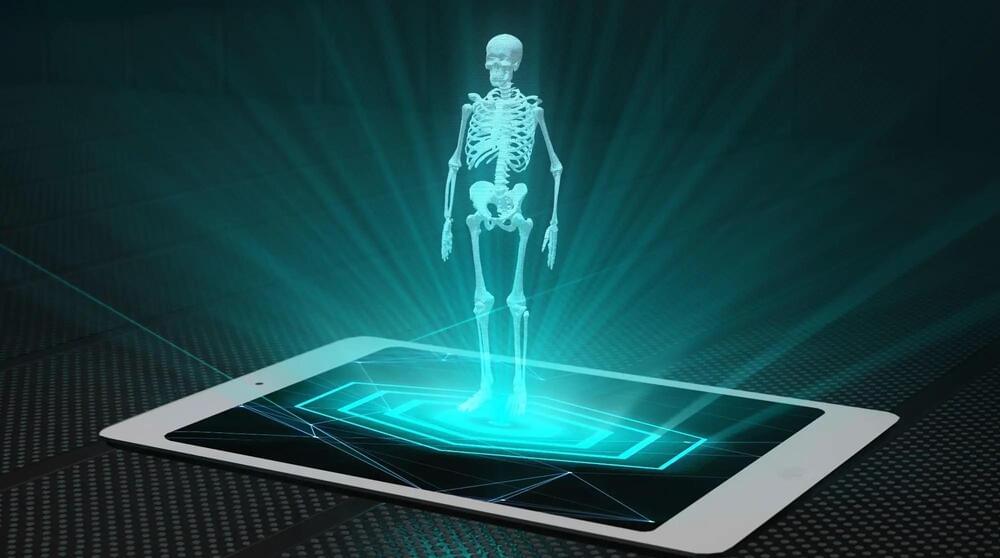They say it could explain the evolution of life, minerals, stars and most everything else in the universe.
The dig has also shed new light on the reign of the ancient queen.
Adam Schrader, October 18, 2023.
NK cells are a type of white blood cell and a component of the immune system. They recognise certain proteins, or antigens, on virus-infected or tumour cells and destroy them.
Credit: juan gaertner / science photo library.
CIPhotos/iStock.
According to main study author Lauren Janczewski, MD, a clinical scholar with ACS Cancer Programs and a general surgery resident at Northwestern University McGaw Medical Center, Chicago, estimated survival rates for cancer patients currently primarily depend on disease stage and do not offer enough details to estimate an accurate survival time.
Researchers have revealed a radical new use of AI — to predict earthquakes.
A team from Tokyo Metropolitan University have used machine-learning techniques to analyze tiny changes in geomagnetic fields.
These allow the system, to predict natural disaster far earlier than current methods.
‘I actually had a conversation with Dad’: — including a plan to harvest DNA from graves to build new clone bodies…
People stricken by grief after losing a loved one are looking to scientific advances in hopes of bringing them back — even if only in a digital form.
Join us on Patreon! https://www.patreon.com/MichaelLustgartenPhD
Discount Links:
NAD+ Quantification: https://www.jinfiniti.com/intracellular-nad-test/
Use Code: ConquerAging At Checkout.
Epigenetic Testing: https://trudiagnostic.com/?irclickid=U-s3Ii2r7xyIU-LSYLyQdQ6…M0&irgwc=1
Use Code: CONQUERAGING
At-Home Metabolomics: https://www.iollo.com?ref=michael-lustgarten.
Use Code: CONQUERAGING At Checkout.
At-Home Blood Testing: https://getquantify.io/mlustgarten.
Oral Microbiome: https://www.bristlehealth.com/?ref=michaellustgarten.
Artificial general intelligence is the big goal of OpenAI. What exactly that is, however, is still up for debate.
According to OpenAI CEO Sam Altman, systems like GPT-4 or GPT-5 would have passed for AGI to “a lot of people” ten years ago. “Now people are like, well, you know, it’s like a nice little chatbot or whatever,” Altman said.
The phenomenon Altman describes has a name: It’s called the “AI effect,” and computer scientist Larry Tesler summed it up by saying, “AI is anything that has not been done yet.”
Love Employee / iStock.
Petr Šulc, an assistant professor at Arizona State University’s School of Molecular Sciences, worked with Professor Michael Famulok from the University of Bonn, Germany, and Professor Nils Walter from the University of Michigan on this project.
Holograms provide a three-dimensional (3D) view of objects, offering a level of detail that two-dimensional (2D) images cannot match. Their realistic and immersive display of 3D objects makes holograms incredibly valuable across various sectors, including medical imaging, manufacturing, and virtual reality.
Traditional holography involves recording an object’s three-dimensional data and its interactions with light, a process that demands high computational power and the use of specialized cameras for capturing 3D images. This complexity has restricted the widespread adoption of holograms.









